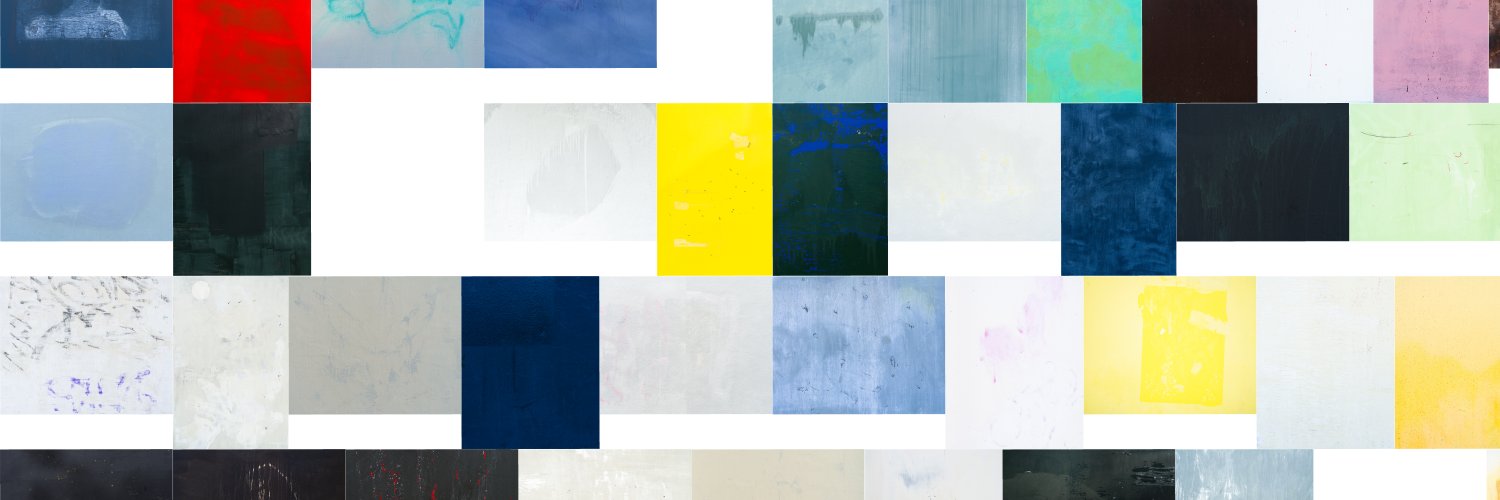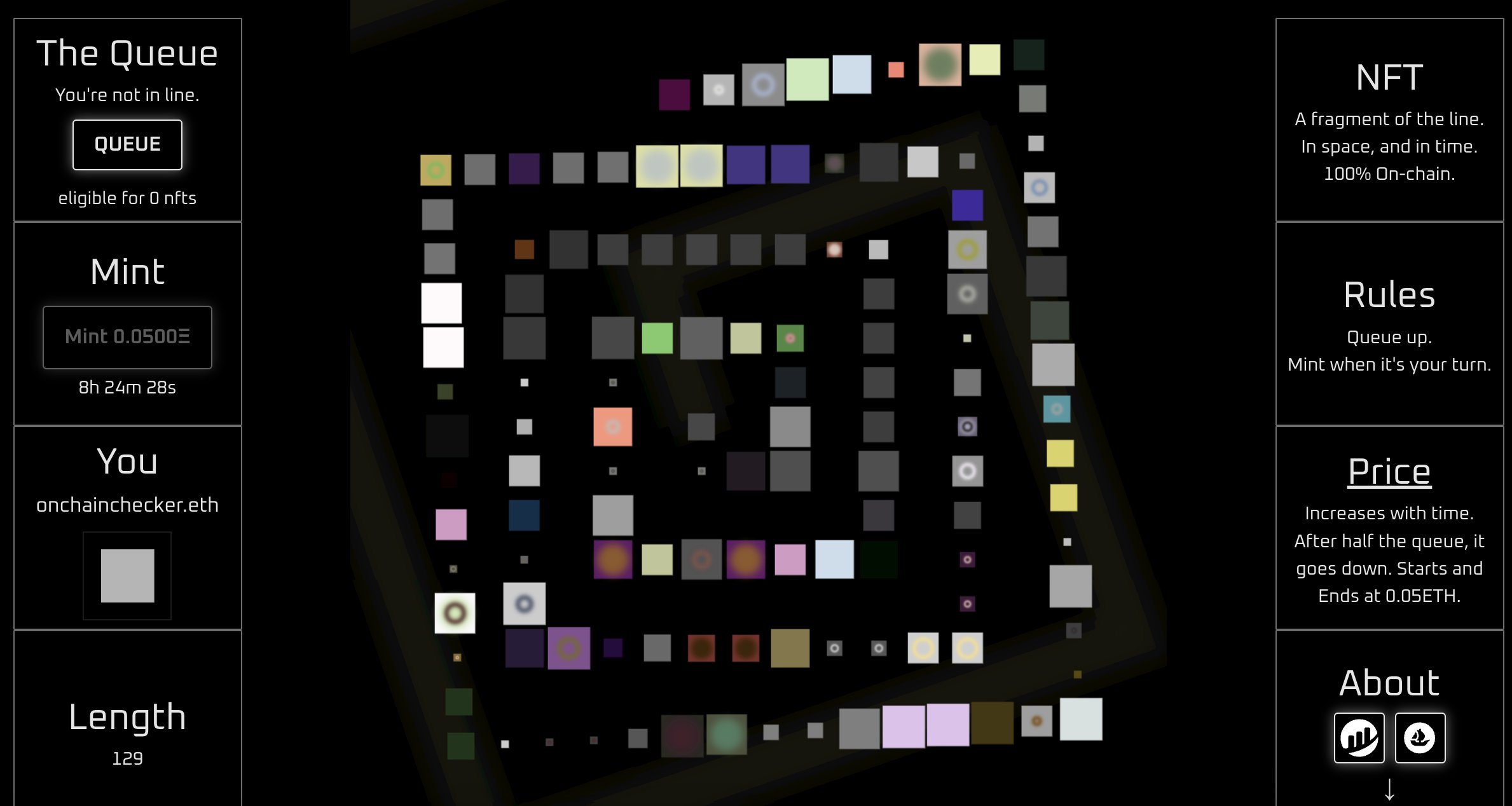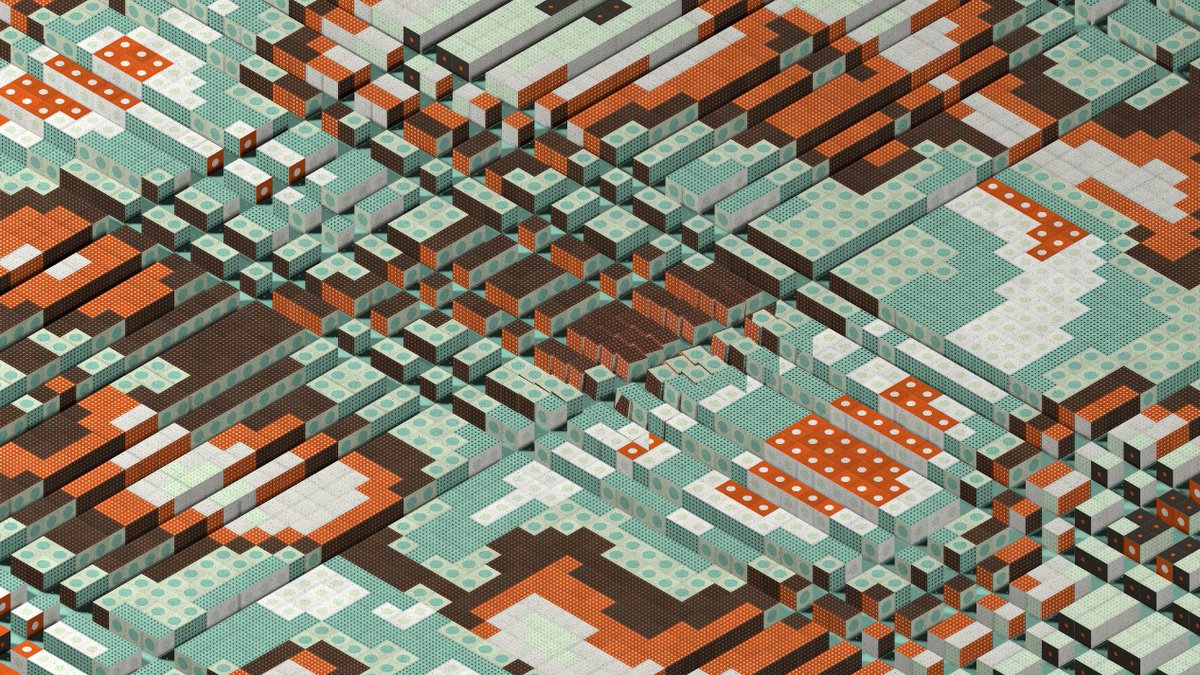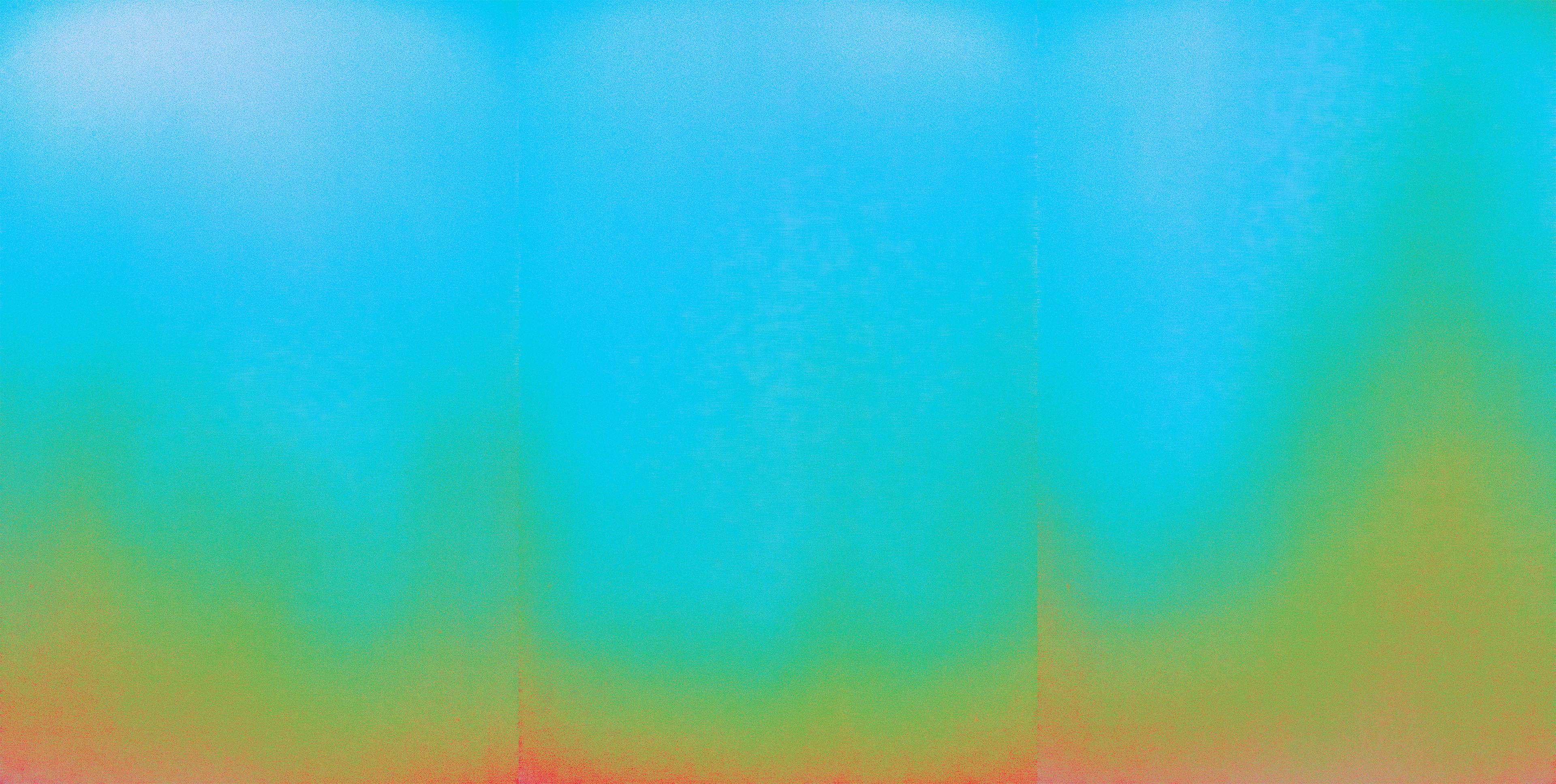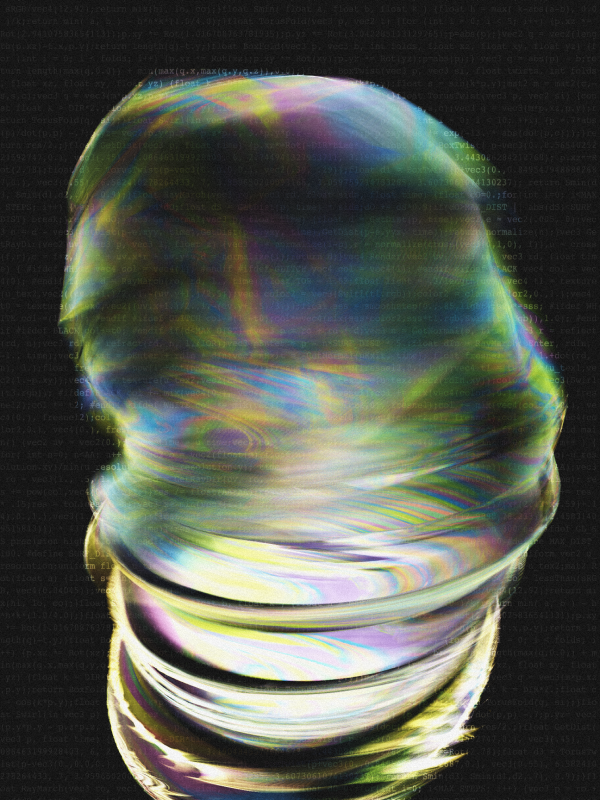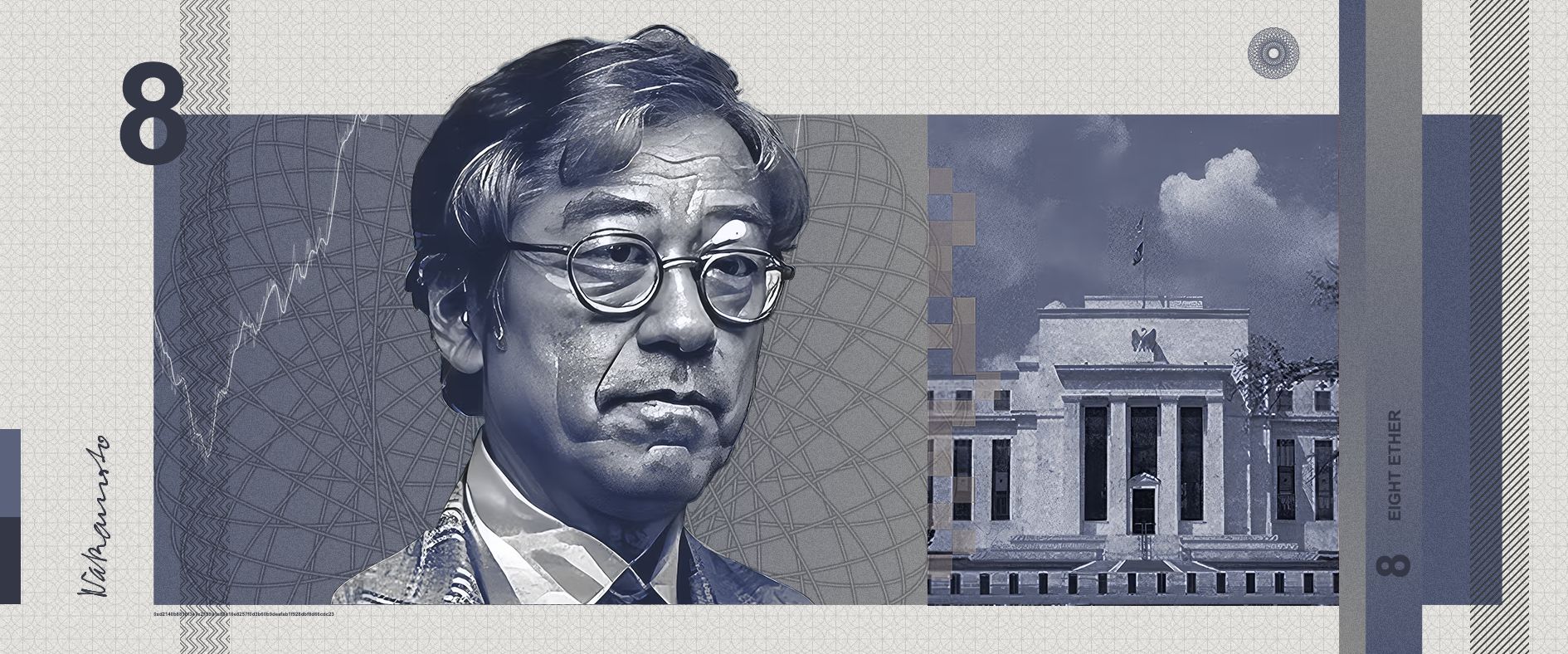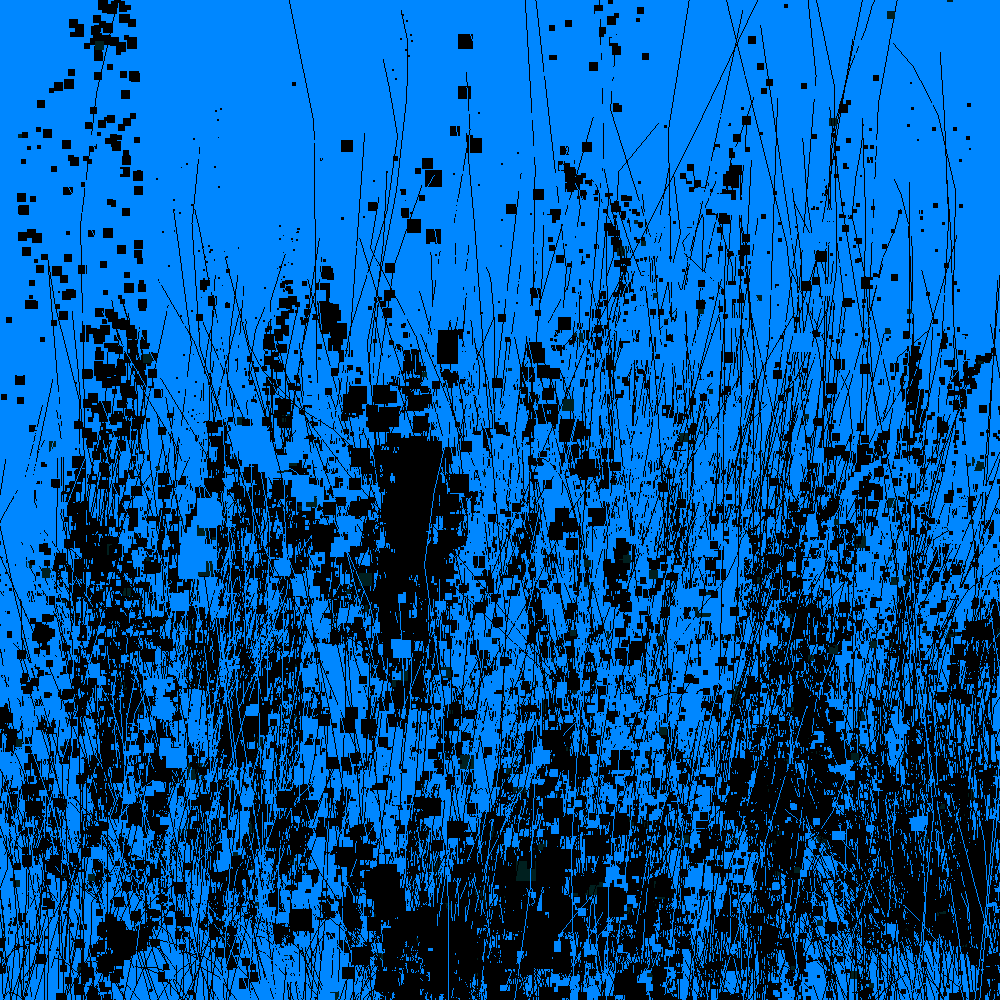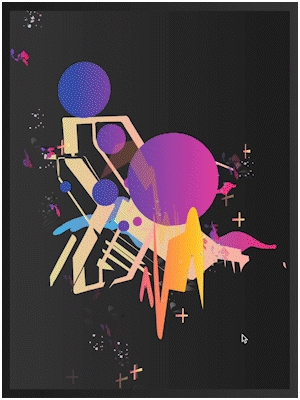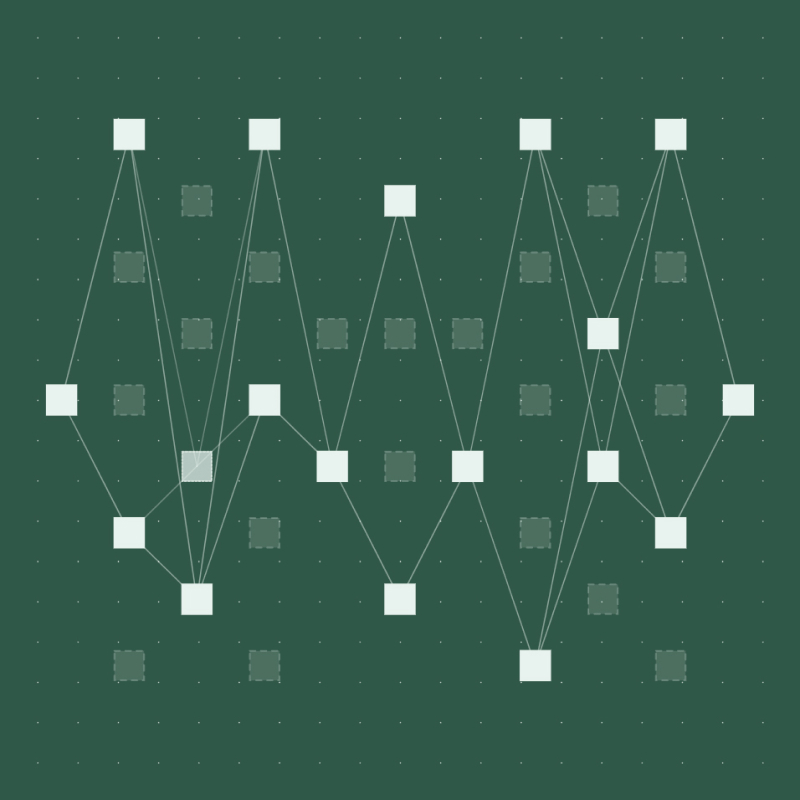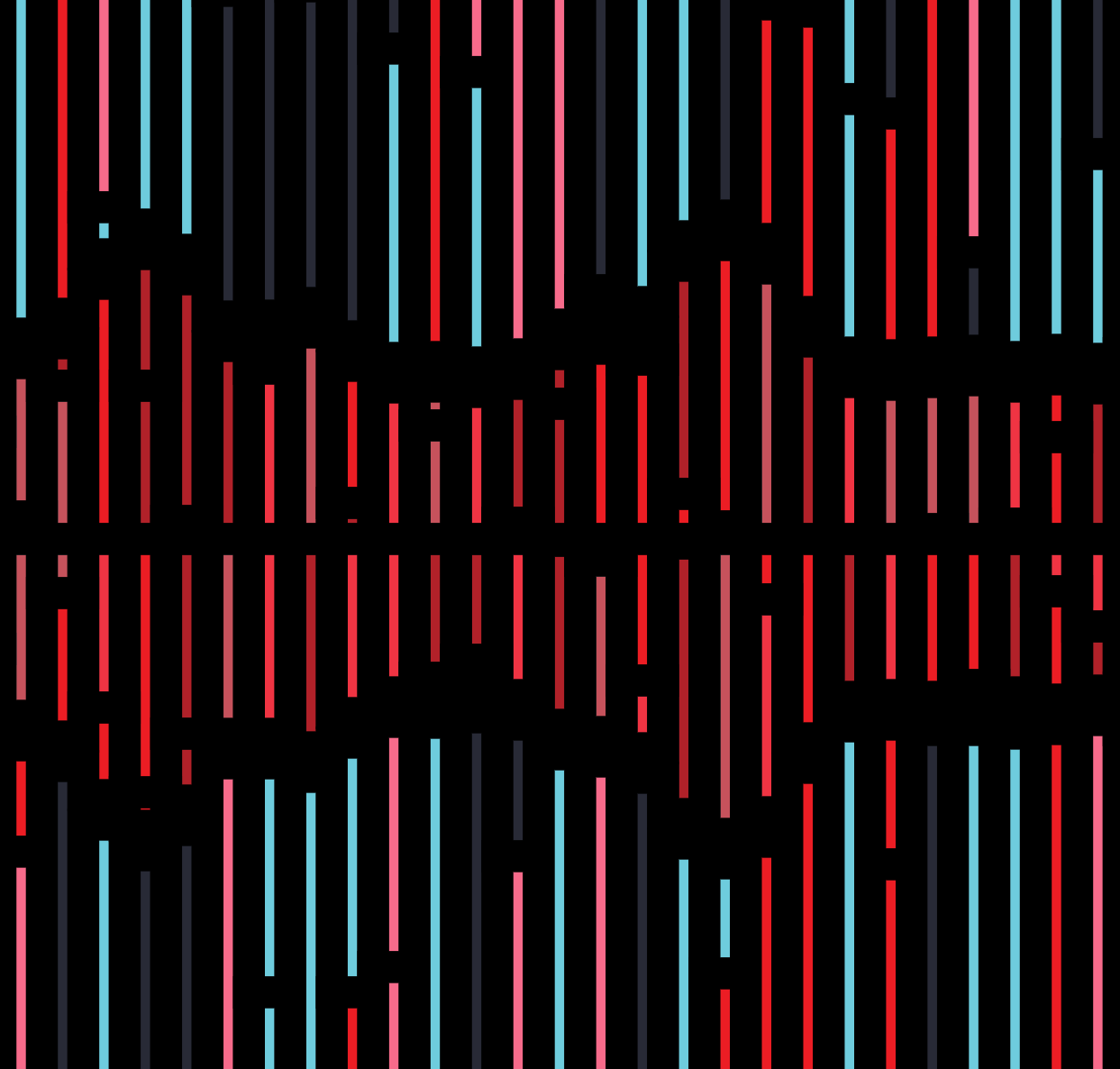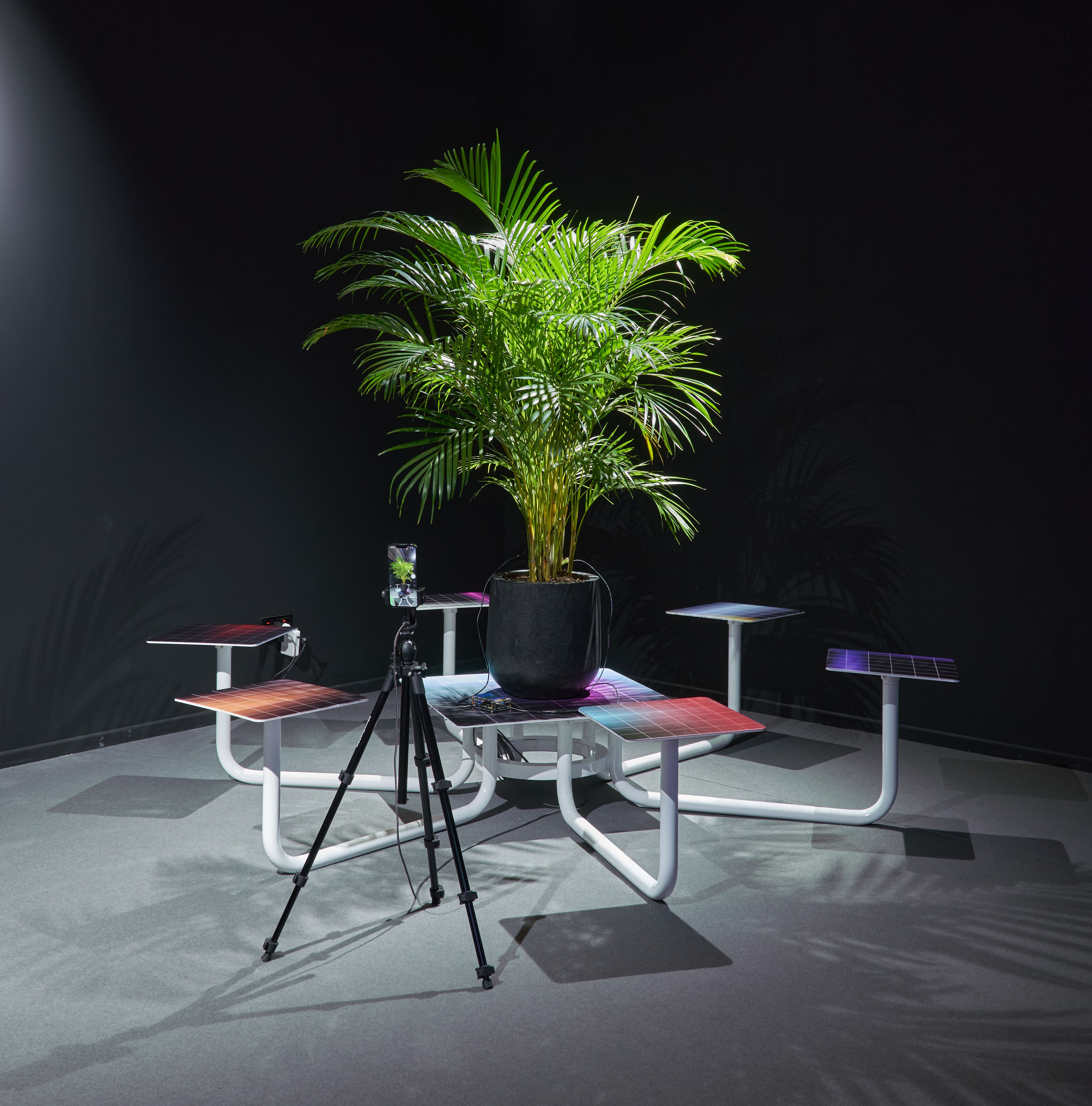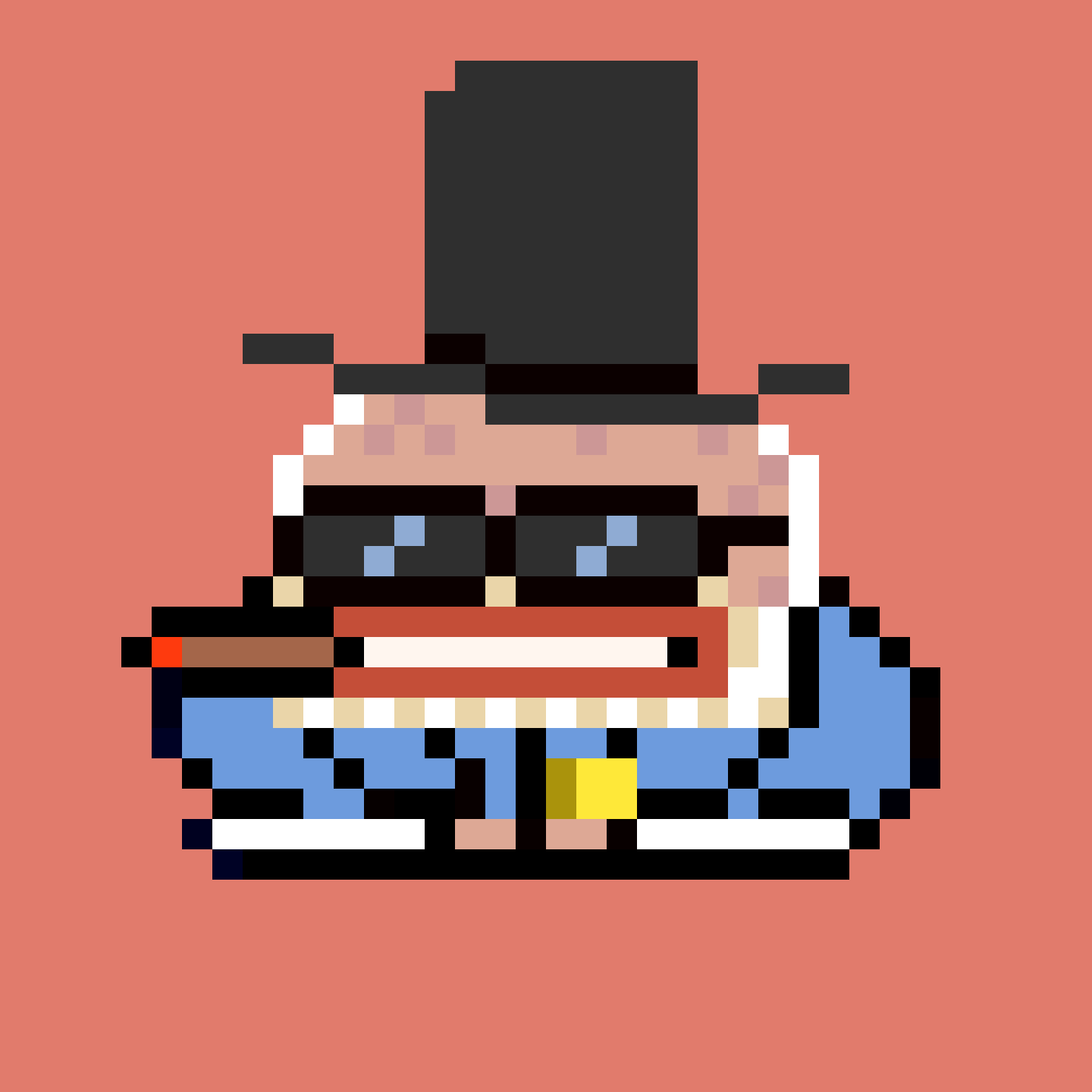Fingerprints Studio
Our studio partners with artists to produce novel collections that explore the creative possibilities of blockchain technology.
We provide support for artists to see these projects through from inception to completion.
Previous Drops
Fingerprints Studio is working with Assembly to release ‘glitch” by misha de ridder, a series of 50 dynamic tokens featuring animated GIFs that degrade as they are traded. Stemming from photographs of erased graffiti, the collection meditates on the idea of “unwanted information.”
Fingerprints Studio is pleased to present The Queue, a new NFT project by Miragenesi. The Queue is an experiment and exercise in patience. The artwork itself is generated by the people waiting to collect it. Participants join the virtual queue—not just as observers—but as integral parts of an evolving artwork. The longer the line, the greater the complexity.
Metamorphosis I (M1) is a landscape that endlessly translates, scales, and rotates its elements over time. Unlike static digital art, where the end result is the focus, M1 emphasizes the transformation itself, designed with subtle details for the observer to deconstruct.
Heatsink is a realtime animation, built with javascript and WebGL, exploring ratios, rhythm and repetition as compositional method. It is based on DOM1, its conceptual predecessor that’s built on the browser’s document object model, but elevates the monochrome minimalism to a colorful 3D space. The works echo the minimalist styles of artists like Donald Judd, Carl Andre, Ryoji Ikeda, Kjetil Golid, and architects like Ludwig Mies van der Rohe. Heatsink premiered during the AGH¹ exhibition at Funkhaus Berlin featuring new works by Kim Asendorf, Andreas Gysin, and Leander Herzog.
Ghosts In The Machine explores quines, computer programs that generate their own source code without external input. By using a single hash input, the software's code produces an ethereal figure. The concept of Ghosts in the Machine suggests the idea of a mind existing independently from the body or the emergence of consciousness within a computer, symbolizing a work that transcends the sum of its individual parts.
Panopticon is a sci-fi-inspired NFT collection that explores how technology and virtuality could reshape human interactions, potentially widening social divides. Influenced by both classic authors and anime aesthetics, it visually balances utopian and dystopian views with a vivid anime style.
Bit Rot is a project exploring the concept of data degradation in NFT storage, where a mosaic of NFTs decays over time as links to NFTs become inaccessible. It features a unique mosaic composed of NFTs, with each tile representing the accessibility of NFT links, simulating the act of rotting in the digital world.
Proteus is a provocative collection in which anyone can change each NFT's tokenURI, raising questions about the workings of NFTs, the Ethereum network and what it means to own a digital asset. Coming soon.
Web is a network spawned in the dark, resting within a smart contract waiting to be explored. It is a performance of the Internet itself, a non-linear choreography of a thousand web pages. The pages are expressed as raw HTML structures, empty of content. Some feel vaguely familiar, as if we remember visiting them in the past, some come straight from the depth of the machine.
1,000 True Fans refers to an essay by Kevin Kelly from 2008, considering how the internet impacts dynamics between creators and audiences. Blockchain adds a new angle to the same question: What is the size of an audience that makes an artistic practice sustainable? High speed, low-cost transactions and on-chain art expand the space towards millions of new collectors and more accessible cultural production.
Fractal Tapestries utilizes up to 8 layers of fractals to produce mesmerizing generative compositions. Lippmann's painting background can be seen as an influence in the color palettes that are utilized in each piece, where off-colors are added as flourishes that add character to each piece.
In "Crypto-native", Melissa lays bare the thoughts, worries, and sometimes outright strange things that a crypto artist thinks about on a daily basis - shedding light on some of the culture, values, and idiosyncrasies of the crypto-art and NFT movement.
RUNAWAY is an ambitious attempt to create infinitely unique visuals at scale. In generative art, certain norms have emerged when building long-form projects. RUNAWAY is my attempt to escape these rules and make a vastly divergent system. The artwork engine uses a unique generative layering technique to let each edition run away from formulaic outcomes. These layers compound each other, adding countless possible combinations.
GOLD is a dynamic crypto art series where the actions of GOLD collectors are part of this ever-changing artwork, in which prices, levels of activity and on-chain provenance define the art itself.
Maschine is a generative 3D webGL collection of 1,000 pieces developed by Harm van den Dorpel in partnership with Mercedes-Benz NXT and Fingerprints DAO.
Perceptrons is an experimental collection of image-recognition AI models entirely hosted on the Bitcoin blockchain through inscriptions, developed in partnership with Generative.xyz.
Sensthesia is a collection of generative audio sensitive artworks using your own microphone as input (whether from footsteps in a hallway, music at an event, or a conversation amongst friends) to generate dynamic visual outputs in real time.
Tracing its lineage to Sol LeWitt’s Wall Drawings and Larva Labs’ Autoglyphs, Within/Without further decouples the artist’s instructions from the visual output.
The collection uses newly generated Autoglyph instructions as an underlying structure to generate instructions which create the artwork.
Consisting of a plant displayed prominently on a metal sculpture, Seed Capital works as a technologically-augmented organic system which engages in social and financial contracts with its environment.
The plant’s living conditions are measured at predetermined intervals. If the sensor readings fall within the intended range, the system mints an NFT on chain (which is placed for sale at the time of mint), containing the data packages’ values.
A blockchain-native expression of John F. Simon’s seminal web-based software artwork (first released in 1997), Every Icon explores every possible combination of black and white squares in a 32x32 grid, discovering a near-infinite number of images on the way.
The duration of a journey through the icon space exceeds human imagination. While the first row of squares takes three months to complete on an average browser, the second row takes 500,000,000 years.
An experiment in composability, Avid Lines uses instructions from Autoglyphs along with a set of non-deterministic characteristics assigned at the time of mint to create the 500 works in the collection.
Consisting of lines spread around the canvas, the project is an ode to shapes derived from round-ended lines and complexity from chaos, also drawing inspiration from microscopic nature and movement.
